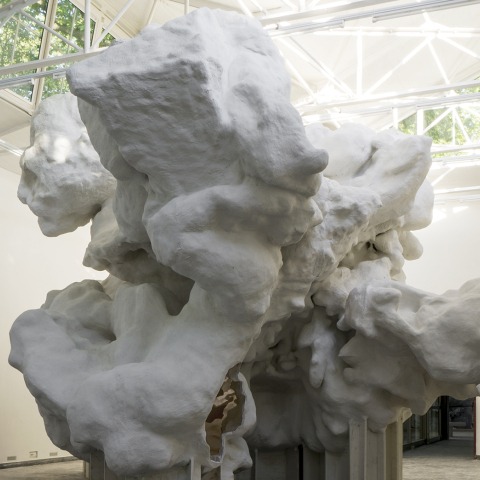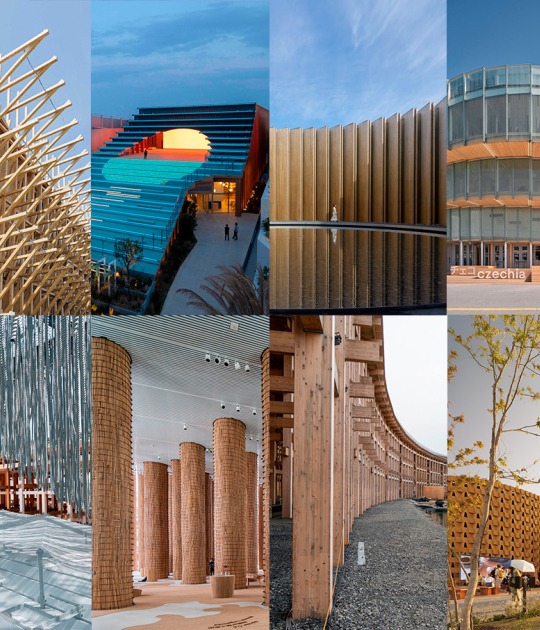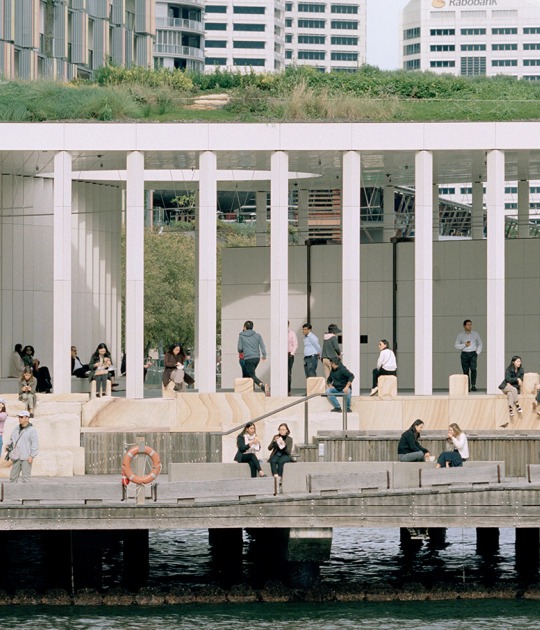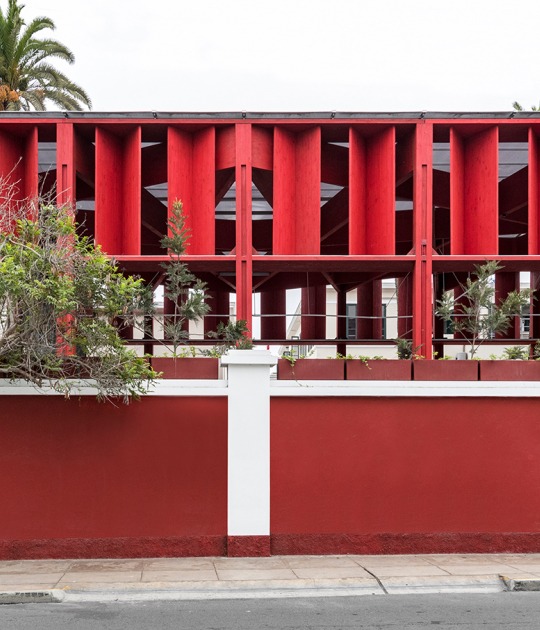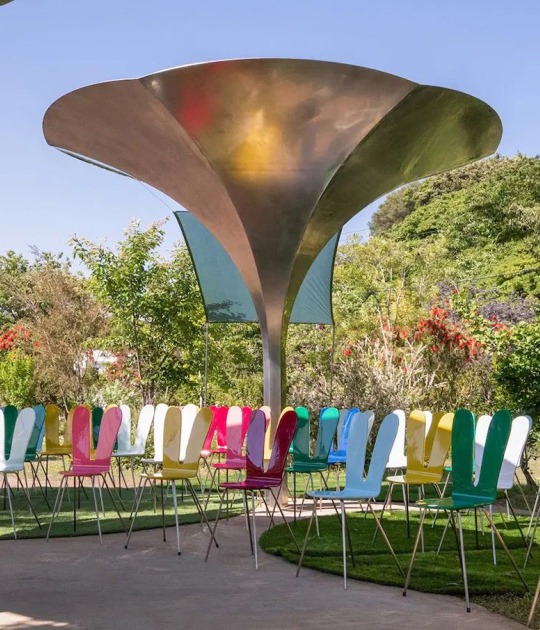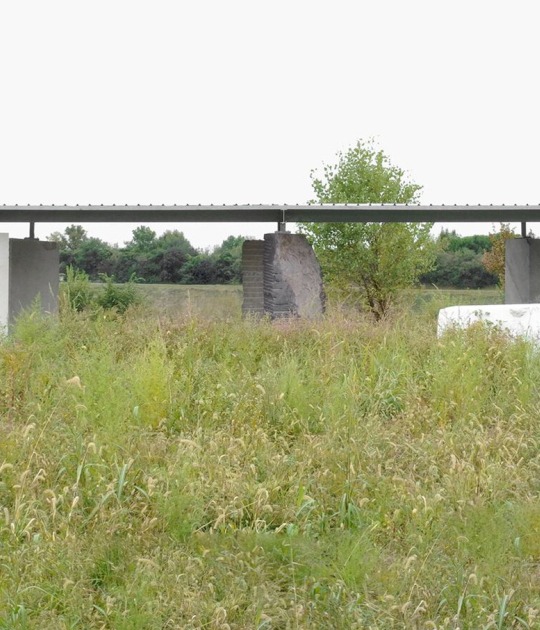Description of the project
An architecture biennale can be more than a place to simply represent and celebrate the status quo in architectural production. The Biennale´s state of exception and its spatial distance from the location from where people normally work open up a space for examining and critically questioning the conditions of everyday work and production. Although, technologically speaking, more is possible today than ever before, in recent years architects’ creative latitude has been greatly reined in by an enormous -and growing- burden of rules and regulations. Against this background, the architectural exhibition is becoming an ever more relevant medium for a critical and experimental practice of architecture. The fact of the exhibition space’s autonomy, and its distance from the everyday world of public an private architecture, has a potential as a base for autonomous thinking and acting that is increasingly being recognized and put to use. In this case autonomy is not to be understood as the self-referencial l’art pour l’art, but as a protected space for deviance, a prerequisite for the success of new forms of sociability in a highly technoligicalized world of such complexity that no one can have a sole overview anymore. This is where the project “Incidental Space” by the architect Christian Kerez enters in: It is intended as fundamental research. As part of the Swiss contribution to the Biennale Architettura a 2016, its aim is to investigate the possibilities - both in technical feasibility and the limits of our own imagination - of how to think, build and experience architecture differently.
It is in pursuit of this knowledge that Kerez declares architectonic space as a postulate: architecture can be presented through the medium of architecture itself. He builds a space as an architectonic project in Bruno Giacometti’s Swiss Pavilion. This space is an experience that takes place at a specific location and justifies itself there. It is meant to stand only for itself, as aclaim or a thesis; not to serve as an illustration of some other space beyond itself, or gesture toward some particular tendency in architecture.
With this as a starting point, Kerez’s «Incidental Space» attempts to explore the outer limits of what can be achieved in architecture today. How can you use the medium of architecture to contemplate an architectural space that is entirely abstract and as complex as possible? How could this kind of imaginary space even be visualized, and how could it be produced? The goal of this project was not to create a built space using any specific construction method, design method, or spatial program. Instead, with the help of an abstract architectural objective, it aimed to produce an «atomized» space, a small space with maximum possible complexity and with infinite interior extension – a space whose visual character cannot be something easil y decoded, that doesn’t depict or represent any other space, that defies univocality and withdraws from any unambiguous legibility. In short, Christian Kerez sought to create a space that in no way corresponds to what a r- chitecture has hitherto considered t o be architectural space.
An assignment formulated in this way demands a design process far removed from the intentionality of artistic sovereignty. Thus, an «incidental» gypsum cast is interpreted as a spatial model to fill the Sala di Pittura of the Swiss Pavilion in Venice. Through the co upling and sequencing of craftsmanship and digital processes, utilizing various technical translation assistants, a detail-rich architectonic space appears, which reveals the greatest complexity possible. Besides this physically built architectonic space being the inducement for this endeavor, the space created exists simultaneously in various conditions of aggregation of a cloud of data, all of which are of equal value and reciprocally and in conjunction constitute «Incidental Space» as a project. In the exhibition in the Swiss Pavilion this is revealed through a monumental wallpaper in the Sala di Scultura displaying renderings of the digital scan –which are not mere illustrations but the building plans for the space– and corresponding photographic details of the physical model as wallpapers – scaled 1:1 to the built space. Since the space is highly complex in visual terms, decoding it presents a challenge to the viewer: thanks to the sheer multiplicity of possible re adings, in its material presence a moment of resistance is produced, stimulating reflection.
With his project, Kerez reveals the extent to which the depiction of architecture can alter the very nature and possibilities of architecture. Incorporating the ephemeral aspect of an exhibition «Incidental Space» could only be achieved at this specific moment in time using the latest technologies and all available resources, extended research groundwork and expertise of an extensive network of collaborators. In this sense it positively reflects the potential of architectural production as an interdisciplinary practice of architecture beyond the building. This reality demands for an intensive exchange between research and architectural practice, as well as highly te chnicalized interdisciplinary collaboration among architects, engineers, art experts and specialists in digital production.
The task of architecture time and again must be to provide food for thought by setting it- self new frontiers that change received notions of and about architecture. Referring to the title of this year’s La Biennale di Venezia by Alejandro Aravena «Reporting from the Front» the project and exhibition «Incidental Space» does not recount a front elsewhere but transfers and produces one in Venice.
